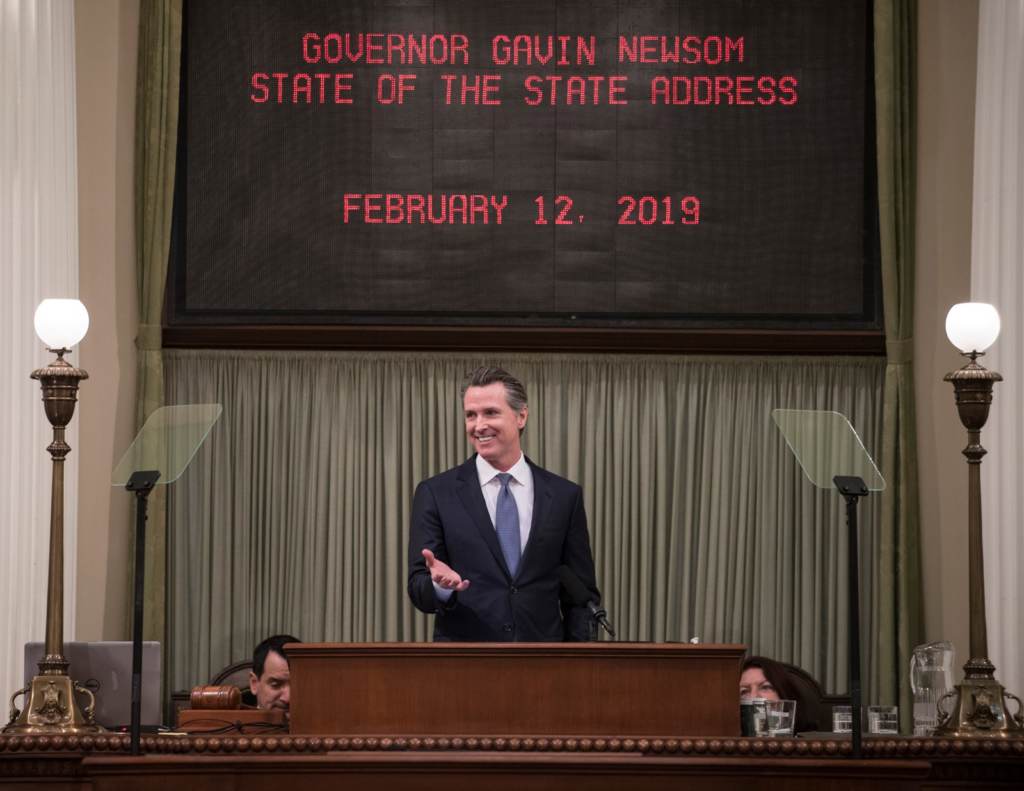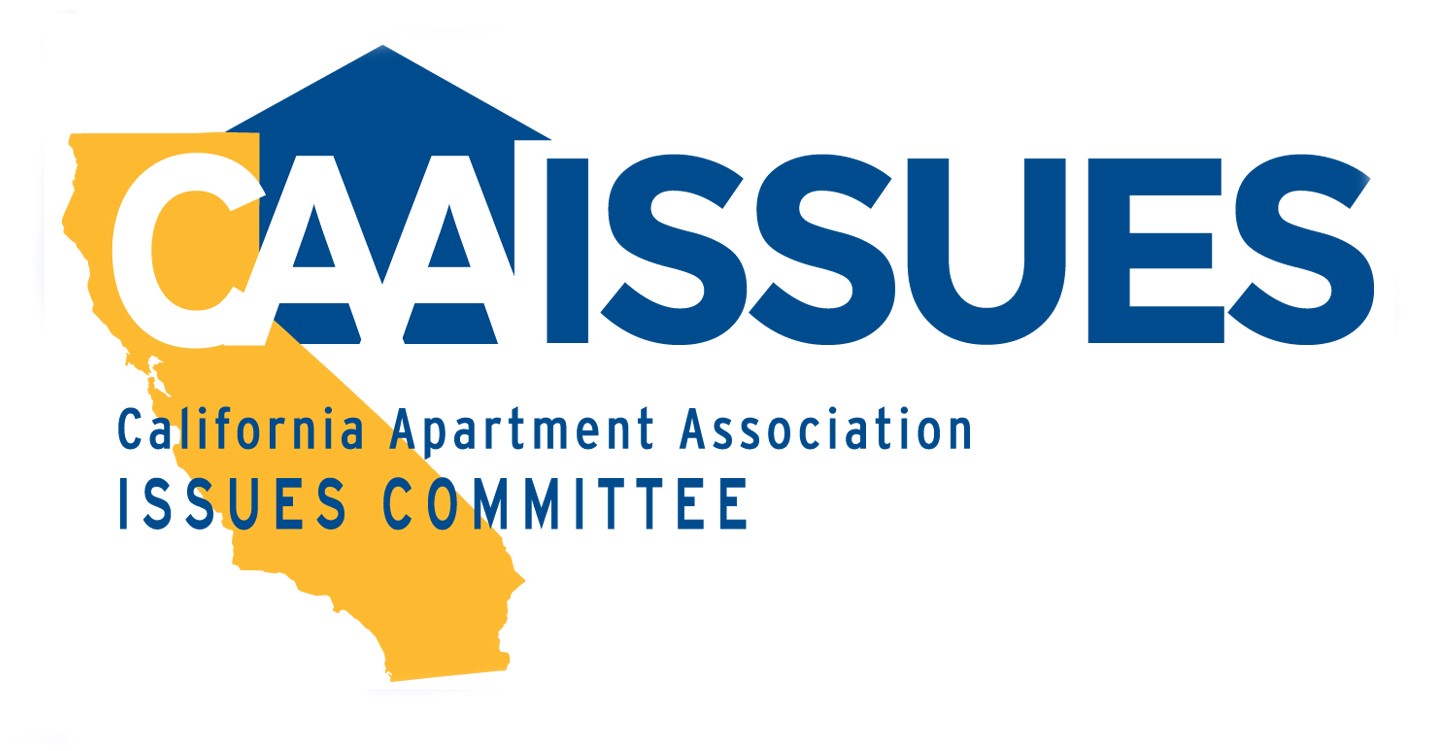
During his inaugural state of the state address, Gov. Gavin Newsom this week called on lawmakers to craft legislation that stabilizes rental prices without ruining the businesses of small landlords.
“The pressures on vulnerable renters didn’t go away after the election,” Newsom said Tuesday. “We need new rules to stabilize neighborhoods and prevent evictions, without putting small landlords out of business. I want the best ideas from everyone in this chamber. Here is my promise to you, get me a good package on rent stability this year and I will sign it.”
Beyond sparing the businesses of small rental housing owners, it was not immediately clear what would constitute a good legislative package in Newsom’s view.
His comments on stabilizing rents came during an address that covered a number of issues, from addressing homelessness to scaling back the high-speed rail project to creating a master plan on aging.
Leading up to the fall election, Newsom publicly opposed Proposition 10, the statewide rent control measure that would have repealed the Costa-Hawkins Rental Housing Act and brought extreme forms of rent control back to the state.
Soon after Prop 10’s failure, however, Newsom pledged to broker a compromise on rent control early in his administration.
Response from CAA
“The California Apartment Association will oppose efforts to pass strict statewide rent control policies and those that eliminate Costa-Hawkins,” said Tom Bannon, chief executive officer for CAA. “CAA will work with Newsom and lawmakers to focus on sensible solutions to the state’s housing shortage, such as removing barriers to residential construction and holding local governments accountable when they fail to build their fair share.”
The Costa-Hawkins Act prevents strict forms of rent control by prohibiting rent caps on housing built after 1995, as well as single-family homes and individually owned condominiums and townhouses. The act also bans vacancy controls, an element of strict rent control that keeps rents capped between tenancies, preventing landlords from ever returning rents to market levels.
Without Costa-Hawkins, investors would abandon housing projects in California, exacerbating the state’s housing shortfall and further placing housing out of reach for working families.
‘Most overwhelming challenge’
In his state of the state address Tuesday, Newsom recognized housing issues as “perhaps our most overwhelming challenge right now.
“We all know the problem. There’s too much demand and too little supply,” the governor said. “And that is happening in large part because too many cities and counties aren’t even planning for how to build. Some are flat out refusing to do anything at all.”
In his proposed budget, Newsom included $7.7 billion across multiple departments and programs to address housing and homelessness issues across the state, including dollars to remove barriers to construction, rezone for greater density and add homes for moderate-income households.
Applying the pressure
Newsom also has proposed denying state transportation revenue to local governments that fail to meet their housing production benchmarks.
Moreover, the governor’s administration last month sued the city of Huntington Beach, alleging that the Orange County city had squelched the construction of affordable housing while also refusing to meet regional housing needs.
During Tuesday’s address, Newsom referenced the lawsuit and said Huntington Beach is one of 47 cities failing to comply with planning requirements.
“I don’t intend to file suit against all 47, but I’m not going to preside over neglect and denial,” the governor said. “These cities need to summon the political courage to build their fair share of housing.”

